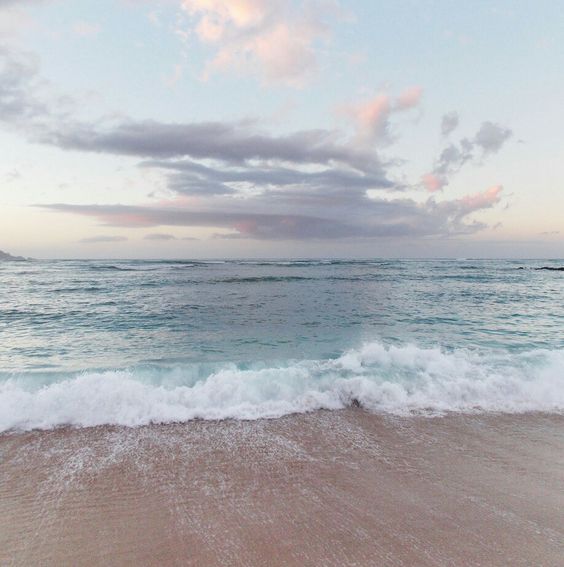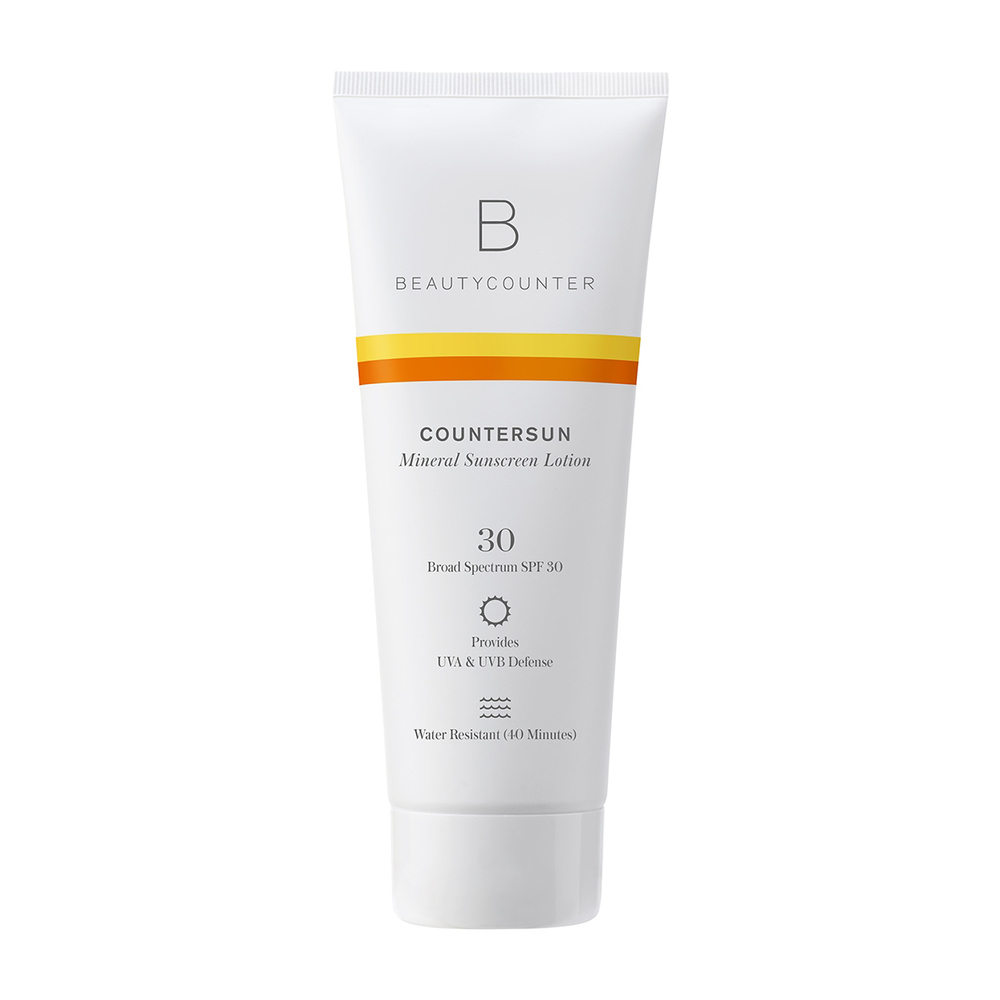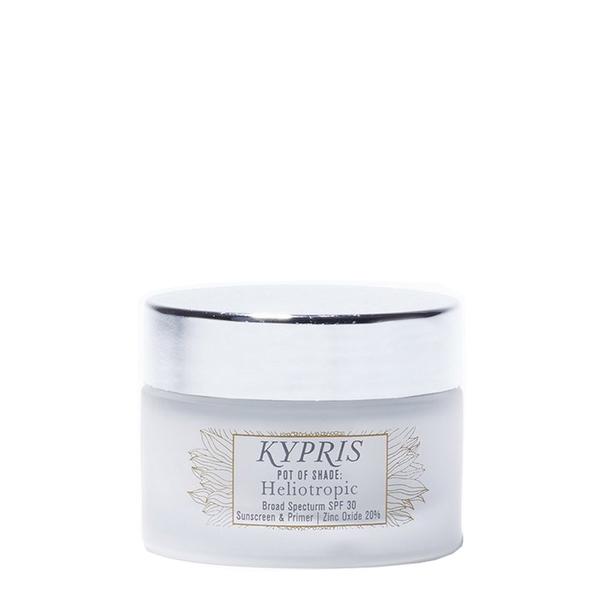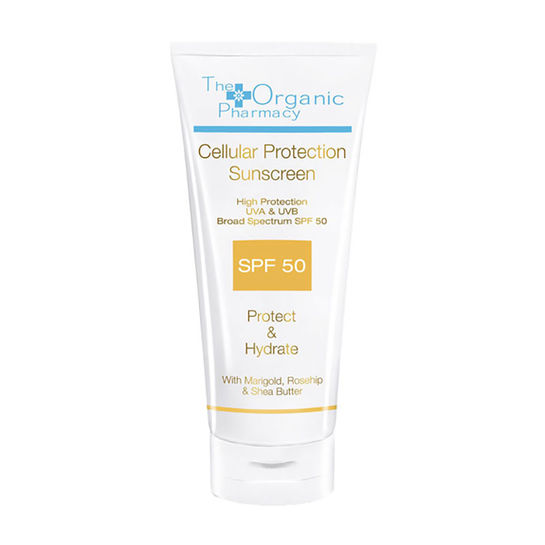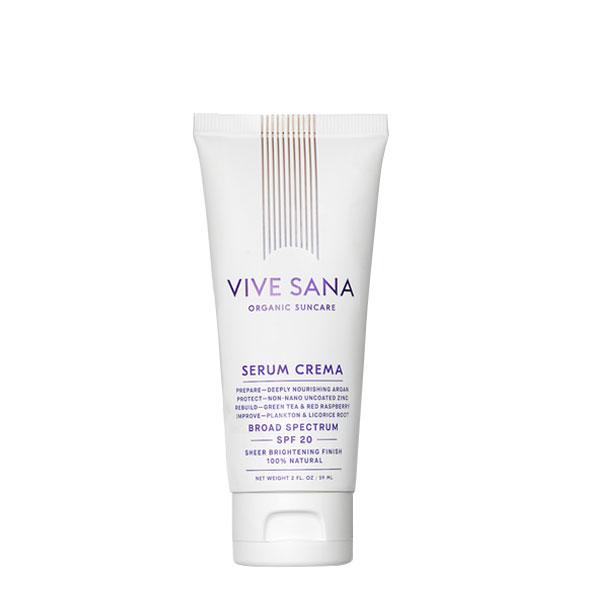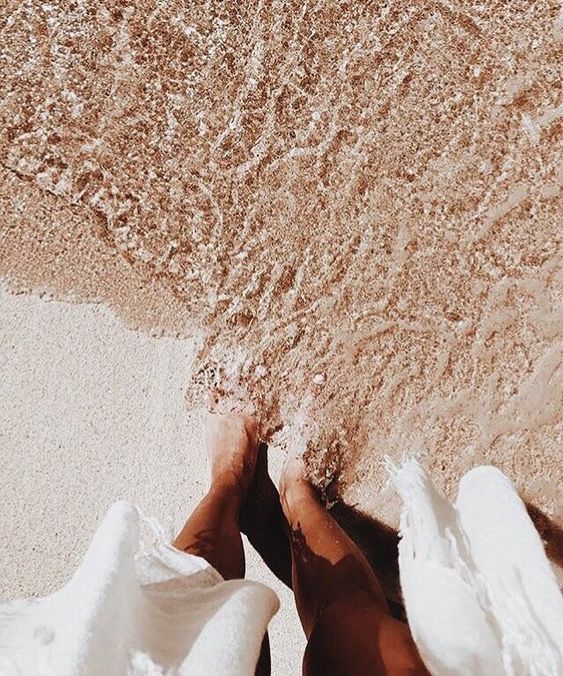ONCE READ AN ARTICLE about over-tourism in Thailand, and about how entire beaches had to be closed to give them time to recuperate due to the fact that their coral reefs were on the brink of dying. And a contributor to this problem is sunscreen, (along with other factors, including above-average sea water temperatures caused by global warming). You most likely would have come across the numbers before: there may be as many as 82,000 kinds of chemicals from personal care products that have made their way into the world’s oceans (washed off of us in showers), according to a report by Marine Life. And it is estimated that around 14,000 tonnes of sunscreen wash into the oceans and seas each year. About 80 percent of corals in the Caribbean have been lost in the last 50 years due to pollution, coastal development, and warming waters.
This startling news made me wonder if perhaps sunscreen was such a good thing after all. (It is). Despite its drawbacks—such as the fact that some chemical sunscreens—avobenzone, oxybenzone, octocrylene, and ecamsule—are absorbed into the bloodstream, regular use of sunscreen is still the best way to reduce the risk for melanoma and skin cancer and premature ageing. But if you’re like us, and concerned about both your skin and the environment, there is a safer sunscreen solution than chemical sunscreens: mineral sunscreens. And especially mineral sunscreens that contain non-nano Zinc Oxide and Titanium Dioxide.
What is it that causes sunscreen to damage coral reefs? The chemicals oxybenzone and octinoxate, two of the most commonly used UV blockers around the world. When you swim after applying sunscreen, these chemicals can seep into the water, where they’re absorbed by corals. The nanoparticles in these substances can disrupt coral’s reproduction and growth cycles, and ultimately lead to bleaching. Even if you don’t swim while wearing sunscreen, it can go down the drain when you shower later.
It has become such a problem that in July 2018, Hawaii became the first U.S. state to ban the sale of sunscreens containing oxybenzone and octinoxate. The island city of Key West recently also voted to bar the sale of sunscreens with those ingredients. Both laws will go into effect in 2021.
So what can we do? As mentioned before, there are safer and more environmentally friendly alternatives, namely oxybenzone and octinoxate free sunscreens.
WHAT IS THE DIFFERENCE BETWEEN THE TWO?
Mineral sunscreens that contain Zinc Oxide and Titanium Dioxide are designed to sit on top of your skin. (It is important to note that Zinc Oxide is the only mineral that provides broad spectrum protection). Zinc creates a physical layer on top of skin that blocks ultraviolet rays like UVA1, UVA2 and UVB. Zinc Oxide is stable in chlorine and will not degrade to cause harmful free radicals, skin irritation or hormone disruption. Zinc Oxide in large non-nano particles will not absorb into your bloodstream.
Chemical sunscreens, on the other hand, are designed to absorb into your bloodstream through your skin where a chemical reaction takes place. This reaction then absorbs the ultraviolet radiation as energy and disperses it as heat. These chemicals may also be linked to hormone disruption and coral reef bleaching. Companies tend to blend active chemicals and ingredients with minerals like zinc to provide better protection, so when shopping for sunscreen be sure that the only active ingredient is (non-nano) Zinc Oxide or Titanium Dioxide. [Read More]
Remember that spending time in the sun increases your risk of skin cancer and early skin ageing. To decrease the risk, use sunscreen regularly with a Broad Spectrum SPF value of at least 15 (but 30 is better) and other sun protection measures including: limiting time in the sun, especially between 10am to 2pm; wear long-sleeved shirts, pants, hats, and sunglasses or better yet, UPF sunwear, which is made from tightly woven fabrics and is usually treated with some sort of chemical UV absorber, making them even more effective.
Skip aerosol sprays, which can dispersed airborne into the environment or fall to the sand, where it can easily wash into the ocean. And if you, like us, can not bear to stay out of the sun on a summer’s day, here are four mineral sunscreens that are safer for both your skin and the environment.
Guard against sun’s damaging rays with this water-resistant sunscreen lotion. An award-winning, lightweight mineral sunscreen lotion in a physical sunscreen formulation that applies smoothly and absorbs easily for safer sun protection. Formulated with non-nano zinc (a physical, mineral sun protection technology that bounces the sun’s rays away from the skin) and California Poppy, this physical SPF 30 formulation provides an effective shield from UVA and UVB, while being gentle and pleasant-feeling on the skin. Smooth, nourishing formula blends evenly onto skin with limited white residue.
Reef-friendly / Water-resistant for up to 40 minutes
The Kypris Pot of Shade Heliotropic is a multi-functional, translucent veil of non-nano, broad spectrum SPF30 and moisturising botanicals to prime skin for daily radiance.
Offers gentle, yet effective protection from UVA and UVB while enhancing skin to appear more plump, smooth, and luminous and non-whitening. Free from essential oils to accommodate reactive, sensitive skin – calming, soothing, non-irritating.
Suitable for all skin types.
The Organic Pharmacy Cellular Protection Sun Cream SPF 50 is specially formulated to prevent sun damage and deliver age-fighting nutrients deep into your skin. Micronized zinc blocks harmful UVA and UVB rays that can lead to premature aging and hyperpigmentation, while aloe and rose hip nourish and protect. Plus, it has a highly absorbable formula that leaves behind no white residue.
Key Ingredients:
Aloe Vera: provides relief for irritated and inflamed skin
Shea Butter: supports your skin’s natural functions by providing important nutrients and hydration
Titanium Dioxide: reflects the sun’s dangerous UV rays to guard against skin damage
Vitamin E: improves your skin’s ability to retain moisture and block environmental damage
Zinc Oxide: creates a barrier against dangerous sun rays
The Vive Sana Serum Crema SPF 20 is made from natural and organic ingredients, and key ingredients include:
Astaxanthin – One of the most powerful phytonutrients found in nature, estimated to be 6,000 times stronger than Vitamin C. May help reduce freckles and fine lines and improve skin moisture levels, elasticity, and radiance.
Liquorice Root – An ancient remedy for balancing skin tone and improving blood flow to brighten and soothe skin.
Green Tea, Red Raspberry, Rosemary, & Vitamin E – a cocktail of antioxidants that may help repair sun damage as it occurs, reducing redness.
Organic Argan – A remarkable moisturiser that mimics skin structure & promotes elasticity and smoothness.
Non-Nano Zinc 17.5% – A safe, effective, natural ingredient that provides excellent broad-spectrum protection.
Follow us on Instagram @thisisglamorous
More Wellness Articles
Introducing: A Beautiful New Skincare Range
Clemency and I first began discussing a collaboration nearly six years ago, sometime in 2018. Little did we know that a worldwide pandemic was looming, which would soon put everything on hold.
Vitamin D Supplements to Keep Bones Strong
Most of us don’t worry about getting vitamin D when the weather’s warm and the sun is shining. But as winter approaches, accompanied by overcast days and long nights, you may be wondering if it could be useful to take a vitamin D supplement – and what benefit it might have.
The Art of Travel
Anthony Bourdain once said, “Travel isn’t always pretty. It isn’t always comfortable. Sometimes it hurts, it even breaks your heart. But that’s okay. The journey changes you; it should change you. It leaves marks on your memory, on your consciousness, on your heart, and on your body. You take something with you. Hopefully, you leave something good behind.”
Breaking Down Internet Aphorisms No.01: Growth & Change
WE’VE ALL SEEN them before: internet aphorisms⏤those pithy observations containing a general truth⏤floating about on Instagram and tumblr. They encapsulate commonly shared sentiments, observations, or offer pieces of advice, and we sometimes repost them or save them because we relate to them, and sometimes they make us think about things in a different light.
Conversations in the era of Social Media
THERE ARE over 41,000 comments here at TIG. From strangers and friends, followers and readers⏤they are all legitimate, expressing thoughts, asking questions, leaving compliments, making connections…
How Flexibility Can Help You Reach Your Fitness Goals
When most people think of fitness, they focus on strength, endurance, and cardiovascular health. While these are important aspects of fitness, many neglect the crucial role of flexibility. Flexibility is the ability to move your joints through their full range of motion, and it’s often the key to achieving your fitness goals.


